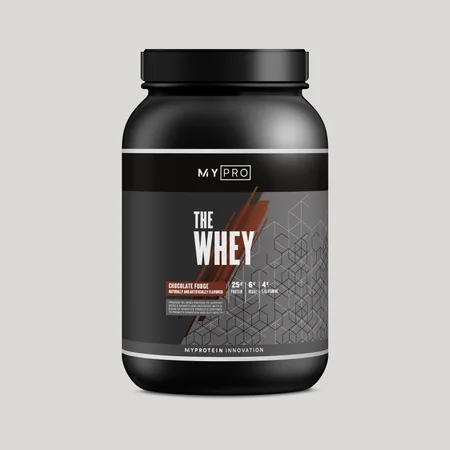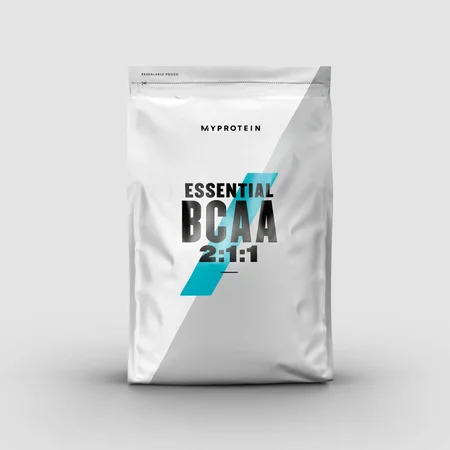
Everybody has heard of lactic acid before. But what exactly is it? Lactic acid is commonly referred as that “burning sensation” experienced during exercise. We feel the lactic acid build up and that causes our muscles to feel fatigued and “heavy.”
What is Lactic Acid?
Scientifically speaking, lactic acid is a compound that is produced within the body as glucose gets broken down and oxidized. When we perform exercise at an extreme intensity, our oxygen levels decrease, and this creates more lactic acid. This produces hydrogen ions, which gives us that “burning sensation” in our working muscles as mentioned above. As intensity increases, our bodies demand more energy.
The lactate then gets converted into energy by the mitochondria. Mitochondria is what breaks down the carbohydrates and fatty acids in order to produce energy. Our muscles have a harder time contracting as hydrogen ion levels increase during exercise. Learning how to train beyond our lactate threshold can delay the time it takes for that sensation to kick in. This helps our bodies adapt to train harder (or faster) by better using lactic acid as fuel.
How To Reduce Lactic Acid
? Hydration
Since lactic acid is water soluble, you are less likely to feel the lactic acid buildup if you are hydrated. Drinking a glass of water before exercise is recommended to keep hydration levels high before any intense exercise. Keeping hydrated throughout your workout is also a good idea, to further make sure that you’re not losing too many fluids through sweat. Get yourself a 1/2 Gallon Hydrator to make sure you're drinking enough water on a daily basis.
? Frequency & Consistency
Making exercise a regular routine helps your body adapt to using lactic acid as fuel. Not to mention, your body will have less glucose to burn when you are more physically fit. Therefore, there will be less acid buildup. Exercising several times a week is a good general guideline, but don’t forget to give your body the proper rest and recovery it needs too. Gradually increasing the intensity of your workouts by adding time, repetitions and sets, or weight, will increase the level at which your body begins to create that lactic acid buildup – better adaptation!
? Remember To Breathe
As you feel lactic acid creating the “burn,” this is also because of a lack of oxygen. Don’t forget to breathe throughout exercise! Never hold your breath just to get in that last rep in. Pay close attention to your breathing, breathing deeply in and out at an even pace. Sometimes breathing may feel difficult as we feel short of breath during strenuous activities, but proper breathing delivers oxygen to your working muscles and helps to stop production of the lactic acid.
? Stretch
On average, it usually takes 30-60 minutes for lactic acid to mellow out after exercise. Stretching your muscles helps release the buildup. Stretching also helps relieve any burning sensation or cramps within the muscles, and keeps your body flexible. Foam rolling can also be beneficial as a light massage to release any tension, micro-tears, or slight trauma caused by exercise.
? Diet
? Magnesium – High, healthy levels of magnesium in one’s diet helps deliver energy to our muscles. Magnesium is essential for much needed energy production within our muscles and cells. Vegetables such as dark leafy greens; spinach, collard greens, swiss chard, and beans; green beans, navy beans, lima beans, and kidney beans are all great sources of magnesium. Tofu also holds high levels of magnesium. Of course, you can also supplement with magnesium tablets if need be, but is unnecessary with a well-balanced diet.
? B-Vitamins – Foods rich in Vitamin-B help transport glucose within our body so that we have enough energy throughout or workouts. Again, leafy greens, peas, legumes, and beans hold a sufficient amount of Vitamin-B. Lean protein sources such as fish, eggs, chicken/poultry, and low fat dairy products are also good sources of this vitamin. You can also use a supplement, such as Vitamin B5powder.5
? Fatty Acids – Our bodies need healthy fatty acids in order to properly break down glucose for regular energy functions. Heart-healthy fats coming from nuts and seeds (almonds, walnuts, chia seeds, flaxseeds) and fish (tuna and salmon) are great sources of fatty acids to add to your diet.
Take Home Message
Lactic acid does not lead to our muscles feeling DOMS (delayed onset muscle soreness) the following day after we exercise. That “burning sensation” that we feel during workouts is our body’s way of telling us when we’ve had enough, in order to prevent overexertion. Pushing yourself is great for physical growth, but we don’t want to get injured either. Catch your breath, and add more oxygen to your muscles accordingly to release that buildup.
We’ve been told for so long to “feel the burn,” which is great, unless you go too hard for too long. This creates micro-tears and inflammation within the muscles that could possibly cause trauma and damage if prolonged for too long. Fear not though; as lactic acid can be beneficial to your metabolism when produced in small amounts. Remember to always train smart, and remember that gradually increasing (whether that’s speed, repetitions, weight, etc.) is the best way to go!












